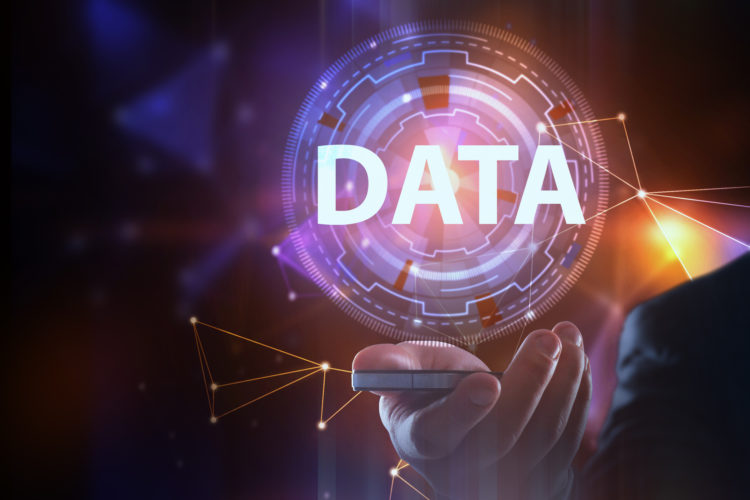Egidio Zarrella, Asia Pacific Head of Banking and Capital Markets at KPMG, believes that bank sit on huge amounts of customer data. The problem is that much of this data is stored in non-digital format making it difficult for the bank to consolidate all data about one customer into a single repository.
How to convert that data into meaningful information that can help a bank better serve the customer’s financial needs and in turn generate revenue for the financial institution is where the real quandary lies today.
Unfortunately, this predicament is not a bank exclusive. Nearly every business whose future hinges on their ability to hold on to their customer’s loyalty recognizes the imperative to understand their customer in ways akin to the mom and pop stores in small rural communities who have an intimate awareness of every member of the community.
And therein lies the renewed, almost manic, interest in analytics.
Practitioners and observers believe that the convergence of data and analytics will drive a shift change in how businesses compete and differentiate themselves.
Toos Daruvala, a director in McKinsey’s New York office, wrote that “every single major decision to drive revenue, to control costs, or to mitigate risks can be infused with data and analytics. [This] will be a differentiator for some period of time.”
What to do with the right data? McKinsey lists three main benefits of having granular access to data:
- To capture a greater share of market segments and deeper penetration (wallet share) of existing customers
- To increase the effectiveness of cross-selling, enhancing the ratio of products per customer as well as “customer stickiness”
- To enhance the customer experience, based on a targeted approach to customer relationships, including greater focus on the direct sales force and aligned and enhanced high-function remote channels
Productizing data – challenge and opportunity
IDC predicts that by 2019, 40% of IT projects will create new digital services and revenue streams that monetize data. The analyst recommends that CIOs “focus on [new methods of] data monetization, productization, real-time orchestration, and service innovation,” while also looking at current systems to see where they can leverage that data for business purposes.
To prepare CIOs and their organizations for new monetization methods, IDC offers a few implementation suggestions, including:
- Build a cohesive organization-wide strategy for data productization.
- Put an innovation team in place that’s comprised of IT and business employees that review current and potential systems/applications that could be monetized.
- Create information architecture to include internal and external data sources to enable instantaneous data analysis and market intelligence.
- Establish a strong governance with full stakeholder involvement and a full range of automated policies.
In the MIT Sloan Management Review article “How to Monetize Your Data” by authors Barbara H. Wixom and Jeanne W. Ross, it was suggested that companies can take three approaches to monetizing their data: (1) improving internal business processes and decisions, (2) wrapping information around core products and services, and (3) selling information offerings to new and existing markets.
While each approach is very different in the types of capabilities and commitments required of the organization but they also represent an important opportunity for the organization to create a defining moment for itself in the marketplace.
Cyrus Daruwala, managing director of IDC Financial Insights Asia Pacific, reckons that a bank holds about 1 gigabyte of data for each customer.
“What I do, what I click, what I swipe, where I withdraw, where I use my ATM, my debit, my credit, geotagging, where I go, where I travel. I generate a truckload of data. How do you use it?
Stop segmenting me as an individual in a database segment. Try and look at what it is I am doing. If my data shows that I travel a lot then create an ecosystem that caters to my travel schedule.
Trending data can show you a lot about a customer. If you understood the when, where and how
Understandably there is more than one way to skin a cat, in this case, to monetize data. What is common to every industry and every business is the requirement to have management’s commitment to specific approach to tackling the opportunity and challenges that come with mining customer data.





